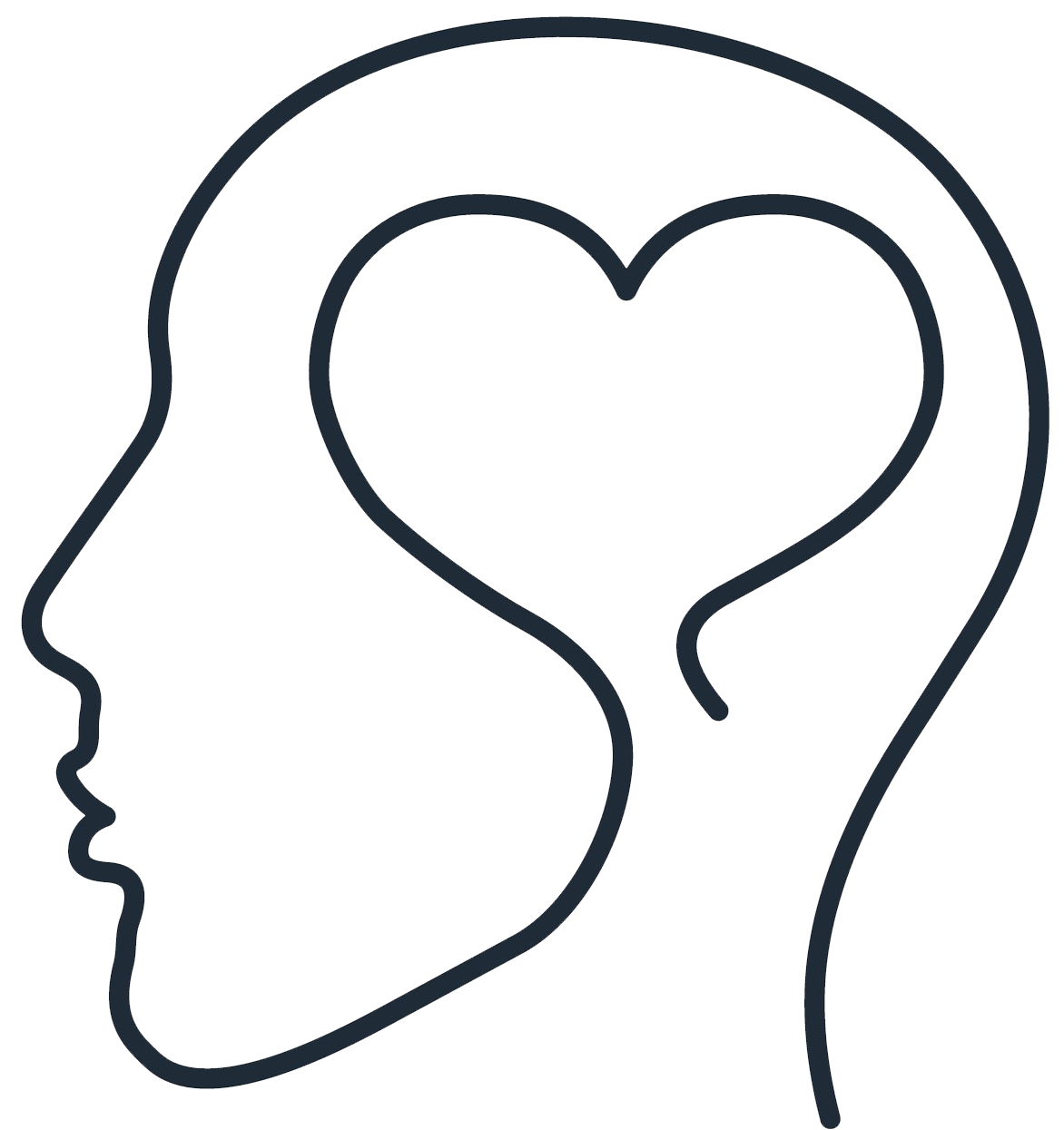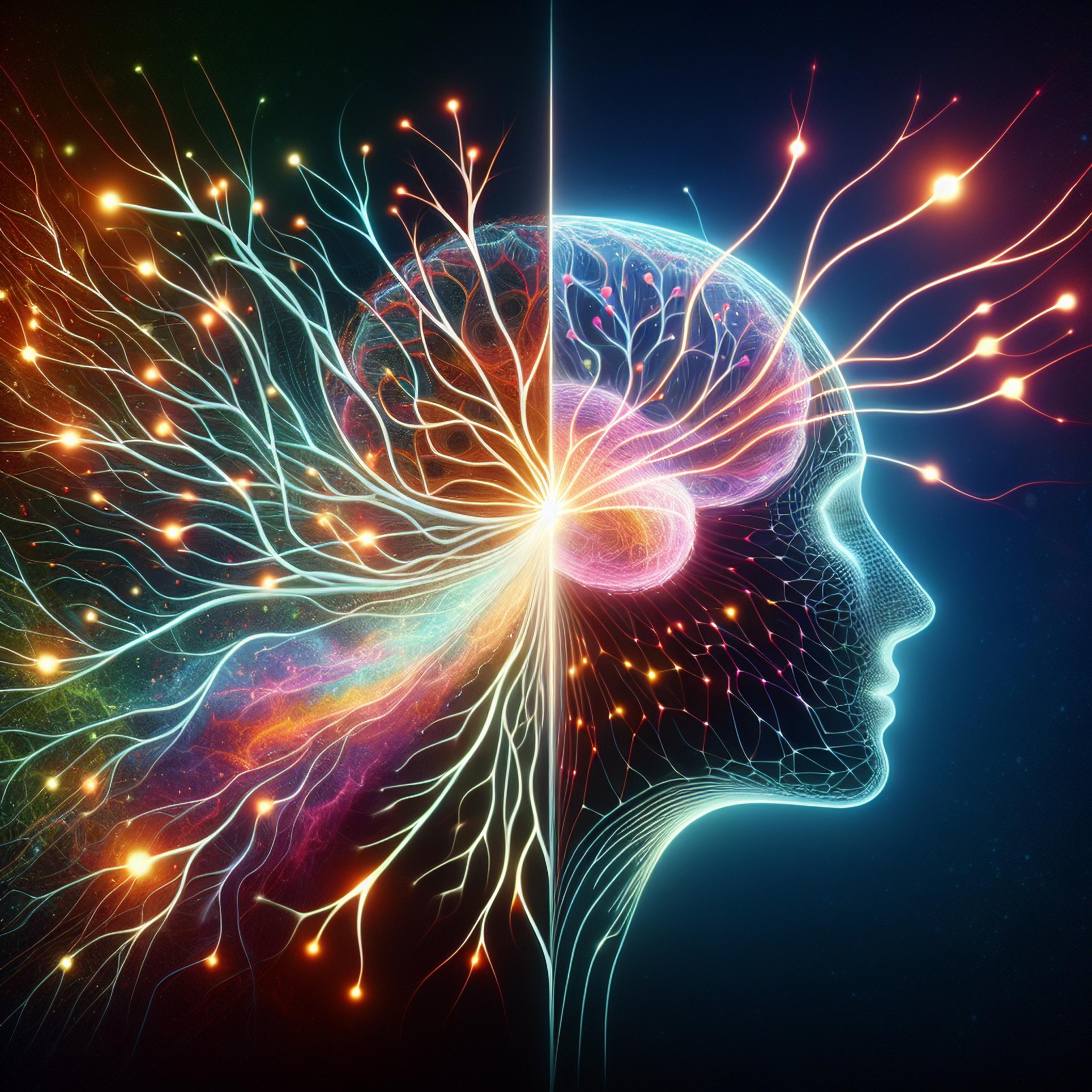Behavioral activation is a therapeutic approach that plays a pivotal role in the treatment of depression and related mental health issues. By focusing on increasing engagement in meaningful activities, this method seeks to counteract the detrimental effects of avoidance behaviors commonly associated with depression. This essay will explore the principles of behavioral activation, its implementation in therapeutic settings, and its effectiveness in improving mental health outcomes.
At its core, behavioral activation operates on the premise that individuals experiencing depression often withdraw from activities that once brought them joy or fulfillment. This withdrawal, in turn, exacerbates feelings of sadness and hopelessness, creating a vicious cycle. One of the key strategies in behavioral activation is to identify and schedule activities that can enhance mood and promote a sense of accomplishment. For instance, therapists may encourage patients to participate in social interactions, exercise, or pursue hobbies that align with their interests. By systematically reintroducing these activities into their daily routines, individuals are likely to experience a gradual but significant improvement in their overall mood.
The implementation of behavioral activation typically involves several steps. Initially, a clinician will work with the patient to assess their current level of engagement in various activities. This assessment helps identify patterns of behavior that contribute to the patient’s depressive symptoms. Following this, the therapist collaborates with the patient to establish specific, achievable goals aimed at increasing participation in previously enjoyable activities. This collaborative goal-setting process promotes a sense of ownership and motivation in the patient, critical factors for successful therapy. Over time, as the patient engages in these activities, they often report improvements in mood and a reduction in feelings of isolation.
Research has demonstrated the efficacy of behavioral activation in treating depression. Numerous studies indicate that patients who engage in this therapeutic approach experience significant reductions in depressive symptoms compared to those who receive no treatment or alternative forms of therapy. For example, a meta-analysis of various clinical trials found that behavioral activation is as effective as cognitive-behavioral therapy, which is considered a gold standard in the treatment of depression. Furthermore, given its structured nature, behavioral activation can be easily integrated into other treatment modalities, making it a versatile tool for clinicians.
In conclusion, behavioral activation is a targeted therapeutic approach that effectively addresses the behavioral patterns contributing to depression. By promoting engagement in meaningful activities, this method helps break the cycle of avoidance and enhances mood. The clear structure of behavioral activation, combined with its proven effectiveness, positions it as a crucial component in the treatment of depression. As mental health professionals continue to refine and integrate this approach, it offers hope for individuals seeking relief from the burdens of depression and a pathway toward a more fulfilling life.



